What are the 5 phases of project management?

Project management is at the heart of every successful business initiative. Whether you're developing a new product, launching a marketing campaign, or overseeing any other project, following a structured process can make all the difference. Understanding the Project Management Phases is crucial to effectively guide teams through each step. In this blog, we’ll explore the 5 Essential Project Management Steps, helping you navigate the Phases of Project Management from start to finish. Mastering these Effective Project Management Phases can enhance project outcomes, optimize resources, and deliver success.
According to the U.S. Bureau of Labor Statistics, the demand for project management specialists is expected to grow by 7% from 2023 to 2033, faster than the average for all occupations. Over the next decade, about 77,000 openings for project management specialists are projected each year. Many of these opportunities will arise from the need to replace workers transitioning to different occupations or exiting the workforce, making Project Management an increasingly valuable skill in today’s job market.
5 Essential Phases of a Project Management Process
1. Project Initiation: Setting the Stage for Success
The first step in the Project Management Process is initiation. This is where the project begins to take shape, and its goals, scope, and stakeholders are defined. During this phase, project managers gather all necessary information, establish a project charter, and identify any constraints or risks that might affect the project’s progress. By defining clear objectives and setting expectations early on, teams can avoid confusion later in the process.
2. Project Planning: Mapping Out the Road Ahead
Once the project is initiated, the next critical phase is planning. This is where detailed strategies for execution are developed. The Project Planning and Execution Steps include creating timelines, assigning tasks, estimating costs, and identifying resources. Effective project planning helps ensure everyone is on the same page and provides a roadmap for reaching project milestones. It also involves risk management strategies, helping the team anticipate potential obstacles and devise solutions ahead of time.
3. Project Execution: Turning Plans into Action
Execution is where the project starts to take shape. The plans created during the previous stage are implemented during this phase. This is where teams collaborate to deliver the desired results, with constant communication, coordination, and problem-solving. The Project Process Phases in execution involve:
• Assigning tasks to the team.
• Managing resources.
• Ensuring that the project stays on track.
The effectiveness of this phase largely depends on how well the planning stage was executed and how efficiently resources are managed.
4. Monitoring and Controlling: Keeping Everything on Track
In the Project Management Lifecycle, monitoring and controlling coincide with the execution phase. This phase involves tracking the project’s progress against the established goals and timelines. Project managers compare actual performance with the project plan, making adjustments when necessary to ensure the project stays within scope, budget, and schedule. It is also the phase where risks are mitigated, quality is monitored, and changes are managed to keep the project moving smoothly.
5. Project Closing: Wrapping Up and Reflecting
The final phase in the Key Stages of Project Management is closing. This phase marks the project's official completion, where deliverables are handed over, contracts are finalized, and results are reviewed. During project closing, teams reflect on what went well and what could have been improved. This phase is critical for capturing lessons learned, which can be applied to future projects. It's also an opportunity to ensure that all project objectives were met and that the project was delivered successfully.
Now, we shall discuss one crucial Project management process with examples from all 5 phases of project management.
Example of a Project Management Process in a Banking Environment
In a banking environment, project management is essential for implementing new services, upgrading systems, or launching compliance initiatives. The Project Management Process in this sector follows structured phases to ensure success while managing risks, compliance, and customer expectations. Let’s explain a Project Management Lifecycle in a banking context, focusing on implementing a new mobile banking app.
1. Initiation phase: Imagine a bank planning to launch an online banking platform for the end user. What would be the first step? The first step is determining the required objective, purpose, resources, potential constraints, timeline, budget, and stakeholders. This is the first phase of project management.
• Example: A project charter is created that outlines the purpose of the app, target audience, and expected business outcomes (e.g., improving mobile transactions by 30%).
2. Planning Phase: The Project Planning and Execution Steps are critical to ensure a smooth rollout. Detailed project timelines, resource allocations, and risk management strategies are established in the planning phase. The bank teams collaborate with vendors for software development and with legal for compliance checks.
• Example: A timeline is developed for app design, user testing, and launch. Budget considerations for technology investments, third-party software integrations, and customer support systems are factored in. The bank also ensures the app complies with financial regulations such as data privacy laws.
3. Execution Phase: During the execution phase, the steps in project management focus on turning the plan into action. The app development begins, and developers, designers, and testers work on creating the app. Marketing teams prepare a campaign to promote the app, while legal teams conduct reviews to ensure adherence to compliance standards.
• Example: The development team creates the mobile app features, such as secure login, balance checking, fund transfers, and alerts. Meanwhile, the testing team performs user acceptance testing (UAT) to identify bugs or issues before launching the app.
4. Monitoring and Controlling Phase: The project manager monitors progress against the established plan while the app is being developed and tested. This phase ensures the project stays on track regarding scope, schedule, and budget. Any deviations are flagged and corrected.
• Example: Weekly meetings are held to assess progress, review test results, and ensure the project remains aligned with the original goals. The app’s performance is monitored to ensure it is secure, stable, and meets regulatory standards.
5. Closing Phase: Once the app is fully developed, tested, and ready to launch, the project enters the closing phase. The app is launched to customers, and post-launch support is set up. The final deliverables are handed over to the bank’s operations and customer service teams, and a project review meeting is conducted to assess performance.
• Example: The mobile banking app is launched to the public, and marketing campaigns begin. The project manager ensures that all final documentation is completed and lessons learned are recorded for future reference. A post-launch review is conducted to evaluate the app's performance and gather customer feedback.
Top 10 project management tools
Here’s a list of the Top 10 Project Management Tools that are widely used to streamline workflows, improve collaboration, and boost productivity across various industries:
1. Businessmap (formerly Kanbanize)
2. Jira
3. Microsoft Project
4. Smartsheet
5. Project Manager
6. Asana
7. ClickUp
8. Monday.com
9. Wrike
10. Teamwork
These tools provide various features for project management needs, from simple task tracking to full-scale project planning and execution. Choosing the right tool depends on the size of your team, the complexity of your projects, and your preferred workflow style.
Top 5 most typical project management techniques
Now, we shall discuss the top techniques used in project management.
Waterfall:
• It is the traditional method of approach to project management
• This method follows a linear, sequential approach
Lean methodology:
• Lean methodology identifies and eliminates waste in all forms, including unnecessary processes, excess inventory, and inefficient workflows.
• Lean emphasizes a culture of continuous improvement, where teams regularly assess and refine their processes.
Kanban:
• By visualizing tasks, teams can quickly identify and address bottlenecks, leading to smoother operations.
• The visual nature of Kanban boards fosters a collaborative environment where team members are aware of each other’s responsibilities and progress.
Agile
• Agile breaks projects into smaller, manageable units called "sprints," allowing for continuous feedback and incremental improvements based on stakeholder input.
• Agile emphasizes teamwork and open communication, enabling teams to quickly adapt to changing requirements and ensure that the final product meets customer needs.
Scrum
Scrum is an Agile framework that organizes work into fixed-length iterations called "sprints," typically lasting 2-4 weeks, to deliver incremental progress on a project.
Conclusion
Understanding the Phases of Project Management is essential for completing any project. Following the Project Management Process and implementing the 5 Essential Project Management Steps ensures your project stays organized, on track, and aligned with its goals. Effective management of each project process phase ensures smoother transitions between stages, better decision-making, and, ultimately, the successful delivery of projects that meet stakeholder expectations. Mastering these key stages of project management can make all the difference in whether your project succeeds or falls short.
Find a course provider to learn PMP
Java training | J2EE training | J2EE Jboss training | Apache JMeter trainingTake the next step towards your professional goals in PMP
Don't hesitate to talk with our course advisor right now
Receive a call
Contact NowMake a call
+1-732-338-7323Take our FREE Skill Assessment Test to discover your strengths and earn a certificate upon completion.
Enroll for the next batch
PMP Hands-on Training with Job Placement
- Nov 20 2025
- Online
PMP Hands-on Training with Job Placement
- Nov 21 2025
- Online
Related blogs on PMP to learn more

How a PMP Certification Boosts Your Salary Potential in the USA
In the competitive landscape of project management, obtaining a Project Management Professional (PMP) certification can be a transformative step for your career. This globally recognized credential validates your skills and knowledge and significantl

How PMP Credential Positively Impacts Your Salary in the USA
In the competitive landscape of project management, obtaining a Project Management Professional (PMP) certification can be a transformative step for your career.

Guide to Resources for Product Managers
Navigating the world of product management can be challenging, especially for newcomers. This guide will equip you with top-trending resources to enhance your skills and knowledge as a product manager.

Principles of Management
Learn about the key principles and levels of management, including insights from Henry Fayol, to understand how effective planning, organizing, and directing can drive organizational success.
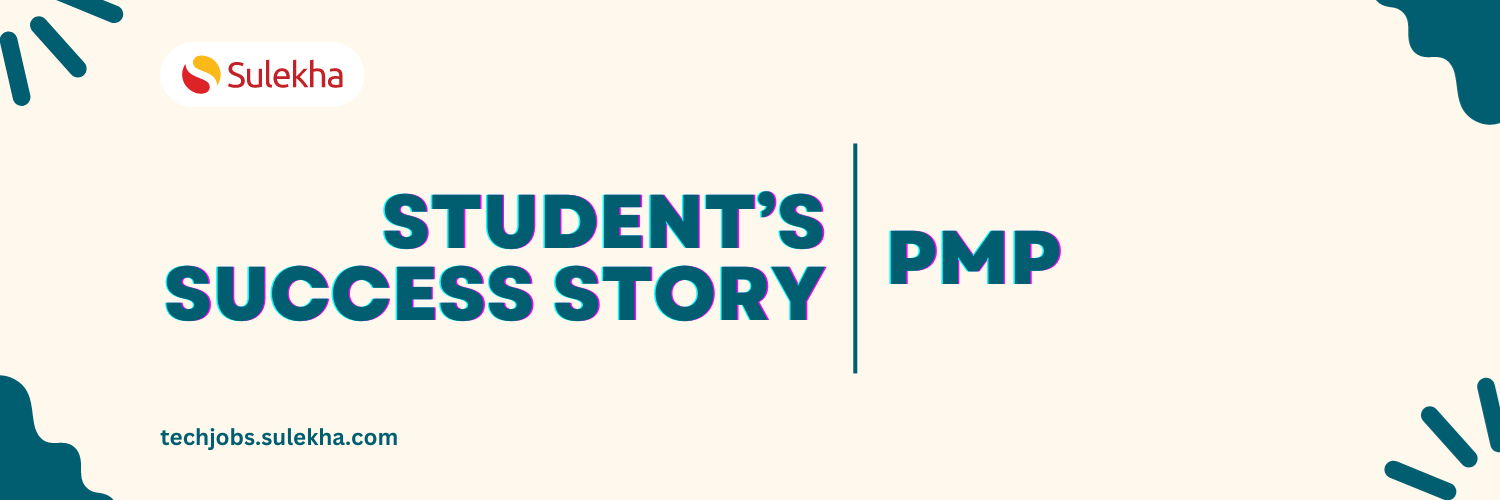
How did I successfully complete PMP certification course?
Our student's review of how they successfully completed PMP Certification course.

Top 10 Project Management Tools for Any Task
Explore the top 10 project management tools for any task and delve into the pros and cons of project management tools, empowering you to make informed decisions for your project management needs.

What are the qualities an IT project manager should have?
Top five qualities should be an IT project manager’s asset The role of an IT project manager is to plan, monitor, manage, and strategize the project and the team. They are supposed to accomplish the given task within a deadline of time and cost. The
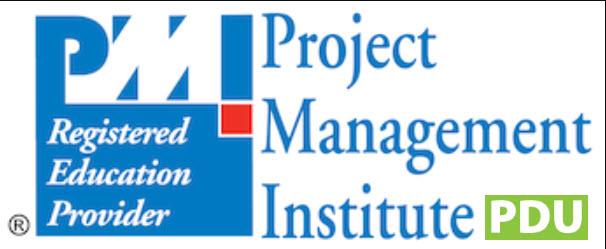
What are PDUs -How to earn PDUs for PMP
What are PDUs? PDUs are abbreviation for Professional Development Units, were a one hour is blocked for learning, teaching and volunteering. How to earn PDUs for PMP renewal? There are two ways to earn PDUs for PMP renewal and they are Education PDUs

List of Best New York City Project Management Certification Training Providers
In today’s competitive job market, credentials matter more than ever. With Project Management Professional (PMP)® credentials in NYC you are more marketable also you will have access to better opportunities. Project Management Certification NYC ensur
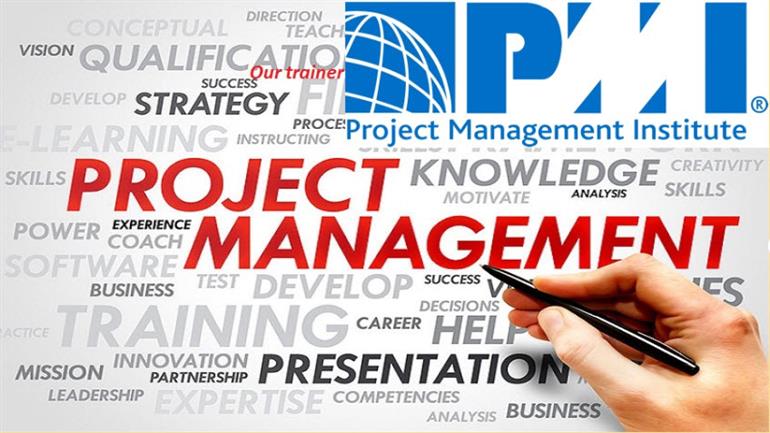
The world is full of PMP, Get to Know Project Management Professional Types
Are you going to become a PMP, Choose which is your PMP Certificate More than 75,000 managers across the globe are certified with PMP, Project Management Professional. Project management professional is one of the world’s leading and most acclaimed
Latest blogs on technology to explore

Java in 2026: Why This ‘Old’ Language Is Still Your Golden Ticket to a Tech Career (And Where to Learn It!
Think Java is old news? Think again! 90% of Fortune 500 companies (yes, including Google, Amazon, and Netflix) run on Java (Oracle, 2025). From Android apps to banking systems, Java is the backbone of tech—and Sulekha IT Services is your fast track t
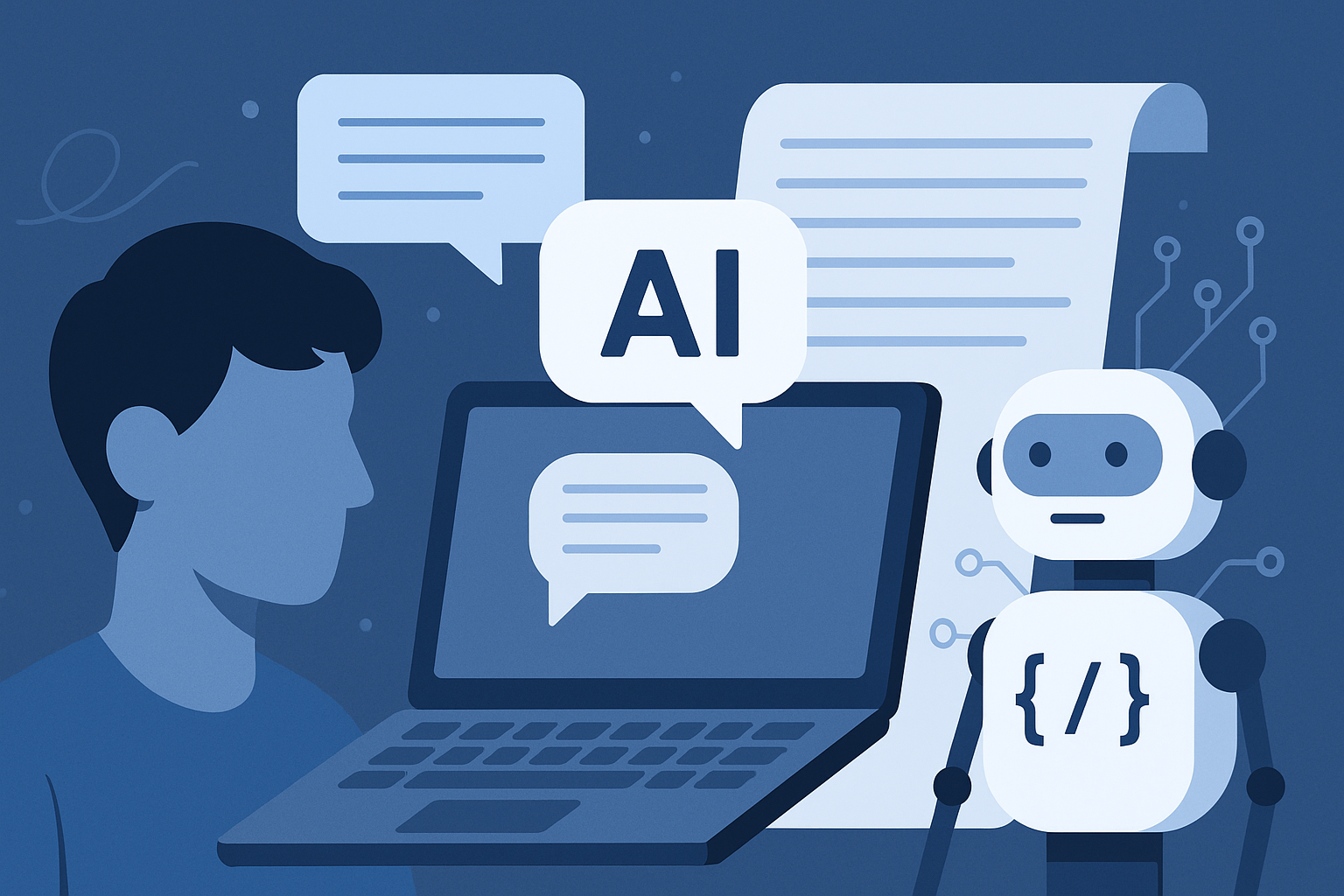
From Student to AI Pro: What Does Prompt Engineering Entail and How Do You Start?
Learn what prompt engineering is, why it matters, and how students and professionals can start mastering AI tools like ChatGPT, Gemini, and Copilot.

Cyber Security in 2025: The Golden Ticket to a Future-Proof Career
Cyber security jobs are growing 35% faster than any other tech field (U.S. Bureau of Labor Statistics, 2024)—and the average salary is $100,000+ per year! In a world where data breaches cost businesses $4.45 million on average (IBM, 2024), cyber secu

SAP SD in 2025: Your Ticket to a High-Flying IT Career
In the fast-paced world of IT and enterprise software, SAP SD (Sales and Distribution) is the secret sauce that keeps businesses running smoothly. Whether it’s managing customer orders, pricing, shipping, or billing, SAP SD is the backbone of sales o

SAP FICO in 2025: Salary, Jobs & How to Get Certified
AP FICO professionals earn $90,000–$130,000/year in the USA and Canada—and demand is skyrocketing! If you’re eyeing a future-proof IT career, SAP FICO (Financial Accounting & Controlling) is your golden ticket. But where do you start? Sulekha IT Serv

Train Like an AI Engineer: The Smartest Career Move You’ll Make This Year!
Why AI Engineering Is the Hottest Skillset Right Now From self-driving cars to chatbots that sound eerily human, Artificial Intelligence is no longer science fiction — it’s the backbone of modern tech. And guess what? Companies across the USA and Can

Confidence Intervals & Hypothesis Tests: The Data Science Path to Generalization
Learn how confidence intervals and hypothesis tests turn sample data into reliable population insights in data science. Understand CLT, p-values, and significance to generalize results, quantify uncertainty, and make evidence-based decisions.
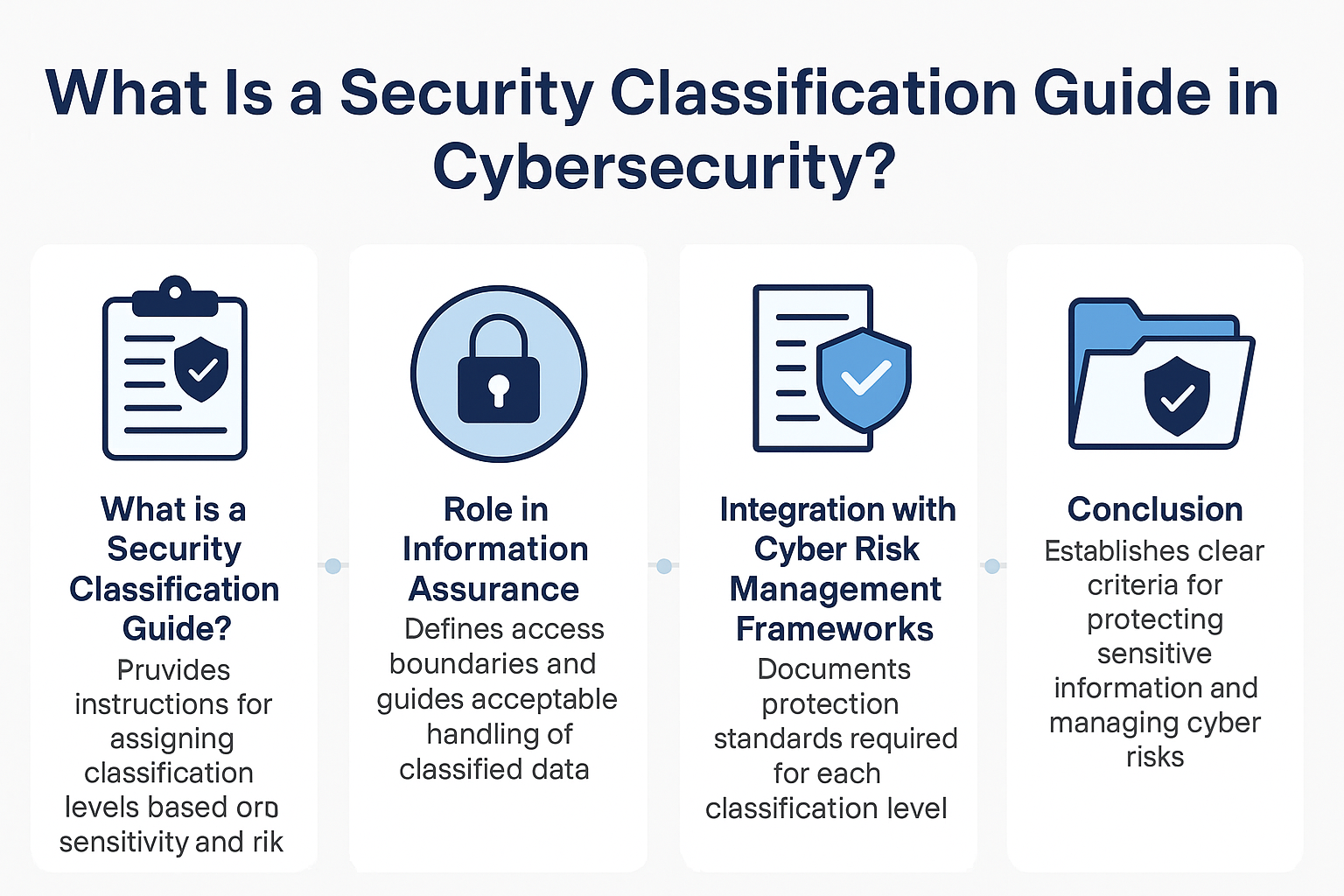
What Is a Security Classification Guide in Cybersecurity?
A Security Classification Guide (SCG) defines how to categorize information assets by sensitivity, with clear instructions from authorized officials to ensure consistent, compliant data handling.

Artificial Intelligence – Field of Study
Explore how Artificial Intelligence blends Machine Learning, Deep Learning, NLP, and Computer Vision to build intelligent systems that learn, reason, and decide. Discover real world applications, ethics, and booming career scope as AI education deman

Understanding Artificial Intelligence: Hype, Reality, and the Road Ahead
Explore the reality of Artificial Intelligence (AI) — its impact, how it works, and its potential risks. Understand AI's benefits, challenges, and how to navigate its role in shaping industries and everyday life with expert training programs